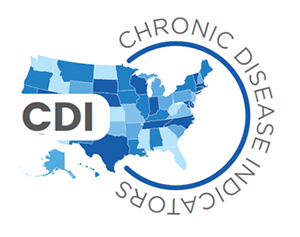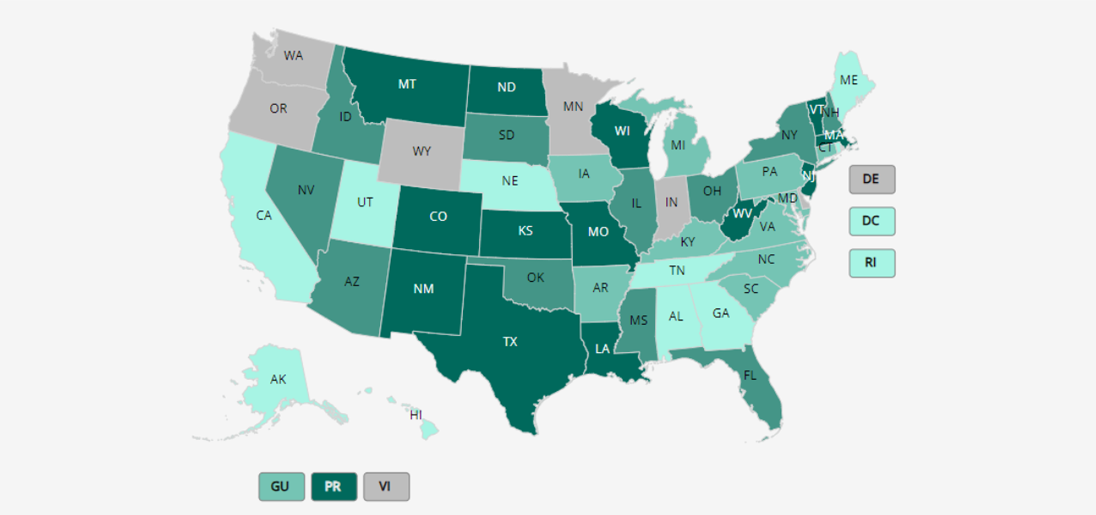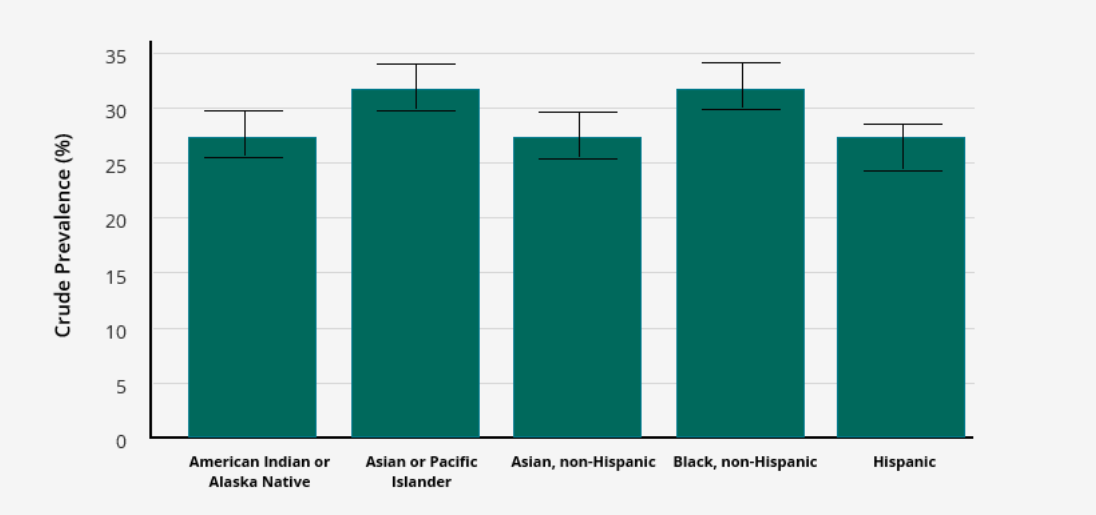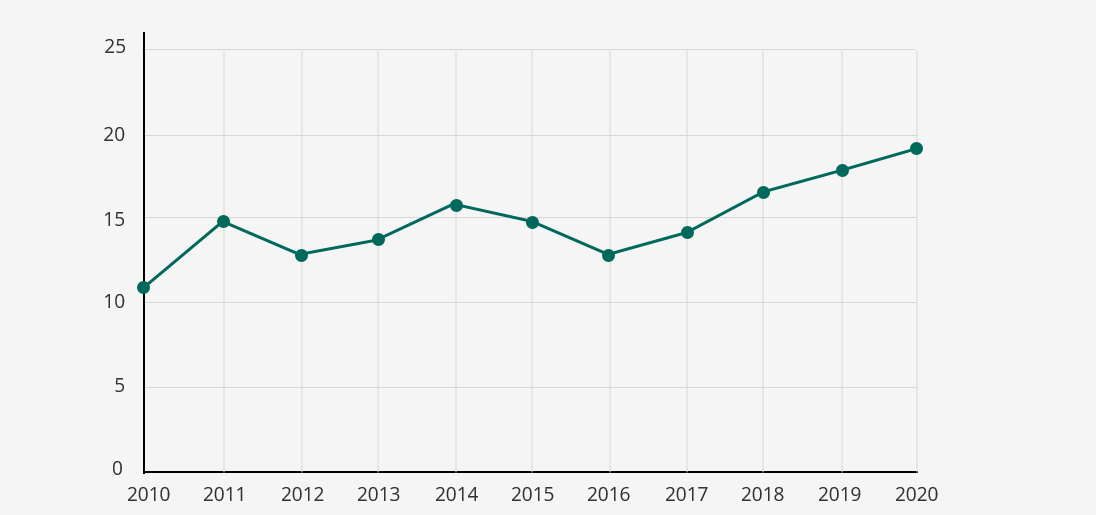Chronic Disease Indicators
![]()
View new releases as of March 2024 here!

Chronic Disease Indicators (CDI)
The Chronic Disease Indicators (CDI) tool provides national and state estimates for a set of key surveillance indicators of chronic diseases and their risk factors. Where applicable, estimates are broken down by sex, race and ethnicity, and age group. This information can help guide evidence-based decision-making and development of focused activities, programs, and policies designed to improve population health. Data are available in the form of maps, bar graphs, line graphs, and tables, or through the CDI Data Portal. Learn more About CDI.

View maps of the US for any indicator, year, and group (sex, race and ethnicity, age).
Location
All states, DC, and territories

View bar graphs for national or state estimates for any indicator, year, and group (sex, race and ethnicity, and age).

View trend lines for national or state estimates for any indicator, year, and group (by sex, race and ethnicity, and age).
Indicator Definitions
Select a topic area to view an indicator definition.

